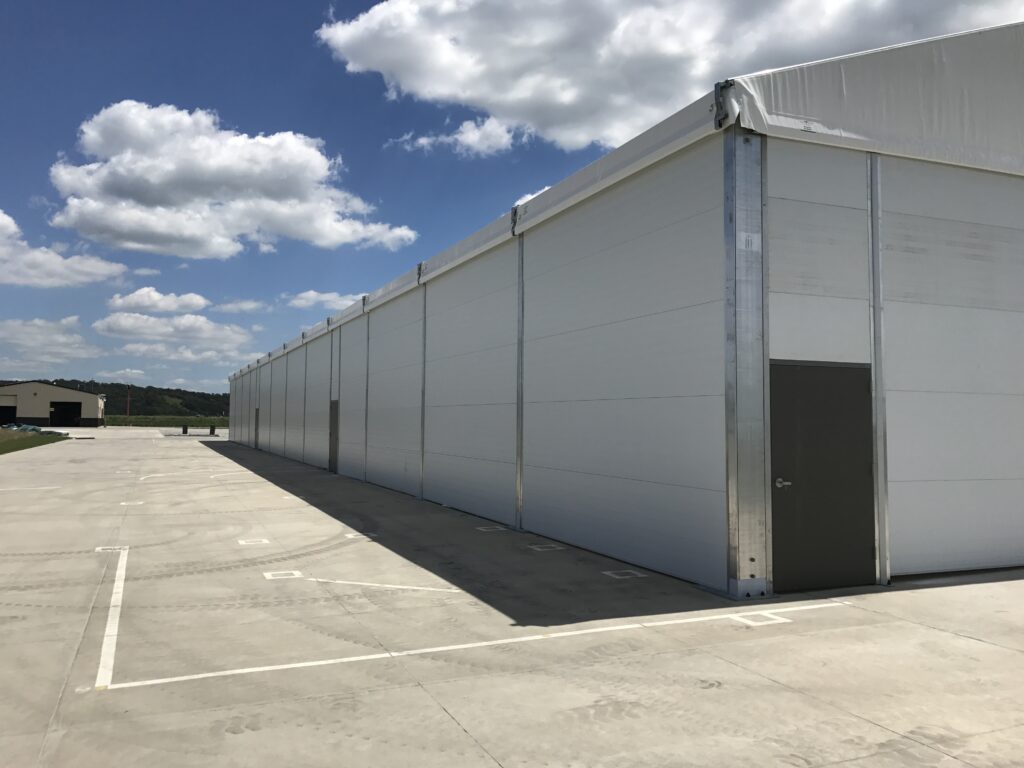Achieving ADA Compliance With Modular Buildings
How ADA Compliance Can Be Achieved In Modular Buildings
It is shown in recent reports that 26% of Americans are living with disabilities, with 13.7% adults that have functional ambulatory disabilities, including mobility and physical impairments, who might require using crutches, cane, or wheelchair to move from one place to the next. As part of the 1990 American with Disabilities Act, business owners are required to meet accessibility standards to their buildings for individuals with disabilities. it can be a massive undertaking, with numerous issues that will need to be addressed. So how can ADA compliance be achieved in a new modular building?
Modular Buildings – 5 Key Aspects of ADA Compliance

People with ambulatory disabilities have an employment rate of 22%, which means that accommodations must be made throughout workplaces so that an equal and safe work environment is ensured. Even if you do not employ any individuals with ambulatory disabilities, you may still serve contractors, vendors, or customers with disabilities in your building.
Although these are not all of the standards that your buildings are required to meet, they are the key areas that must be addressed according to the ADA guidelines for modular construction.
Building Access — Typically modular buildings are built on a raised foundation that is around 36 inches over the ground. Access will be needed to be added to your building that visitors or employees in wheelchairs can be used or for those who are unable to navigate the steps safely.
Two options for achieving this include the following:
- Build a wheelchair-friendly ramp – It is required by building codes that for each inch off of the ground that your building is raised, one foot of ramp must be added. Therefore, you would be required to have a 36-foot ramp if you have a building that is set on a 36-inch foundation.
- Create a deeper foundation – Whenever the foundation of a building is dug deeper, now the standard 36-inch rise will now be flush to the ground. Although that allows you to avoid having to build a ramp, it isn’t the most cost-effective solution. Also, your building might have future problems in the basement with humidity and moisture control.
- External Considerations — Whenever you are considering where to place your modular building, you might be responsible for having to make external accessibility updates. That can include disabled parking, curb ranks, or accessible travel path from a public sidewalk over to your building.
- Doorways – Your doorways need to be designed to be 32 inches wide at least with a cleared opening. There should also be adequate clearance on the doorway’s both sides so that the door opens and closes easily. Door hardware that is ADA compliant should be added to all of your office doors. That include handles being installed instead of knobs.
- Hallways — Hallways should always be constructed with at least 36 inches of clearance. When you have open workspaces with minimal hallways, walls, partitions, and doors, as well as other potential barriers will make it easier for modular buildings to achieve ADA compliance.
- Also, commercial buildings, educational facilities, and multi-story modular office buildings will need to have an elevator to help people with mobility difficulties to get to the upper floors of the building.
- Restrooms — When office restrooms are being designed, steps need to be taken to include ADA-compliant safety and stall rails. Also, it is necessary to address the height of your bathroom accessories such as soaps and towel to ensure that people in wheelchairs can access them.
Making Renovations and Existing Buildings ADA Compliant
ADA modular construction guidelines for new buildings are cut and dried. What gets tricky is trying to update existing modular buildings so that they are ADA compliant. Many individuals believe that buildings that were built in or before 1990 – when the Americans with Disabilities Act was first enacted – have been grandfathered and do not have to comply.
However, in reality, companies are required to meet ADA compliance for modular buildings by making the appropriate efforts whenever they make alterations to a primary function area. That includes rearranging, changing, reconstructing, rehabilitating, renovating, or remodeling any of their building’s structural elements.
Find out more by visiting our blog. Call us today or request a quote for immediate assistance!
We are continually proud to offer our clients superior material, craftsmanship, and structurally sound clear span buildings.
CONTACT US TODAY
For more information or a quote, please contact us. Find out how Temporary Warehouse Structures can help with your next project.

